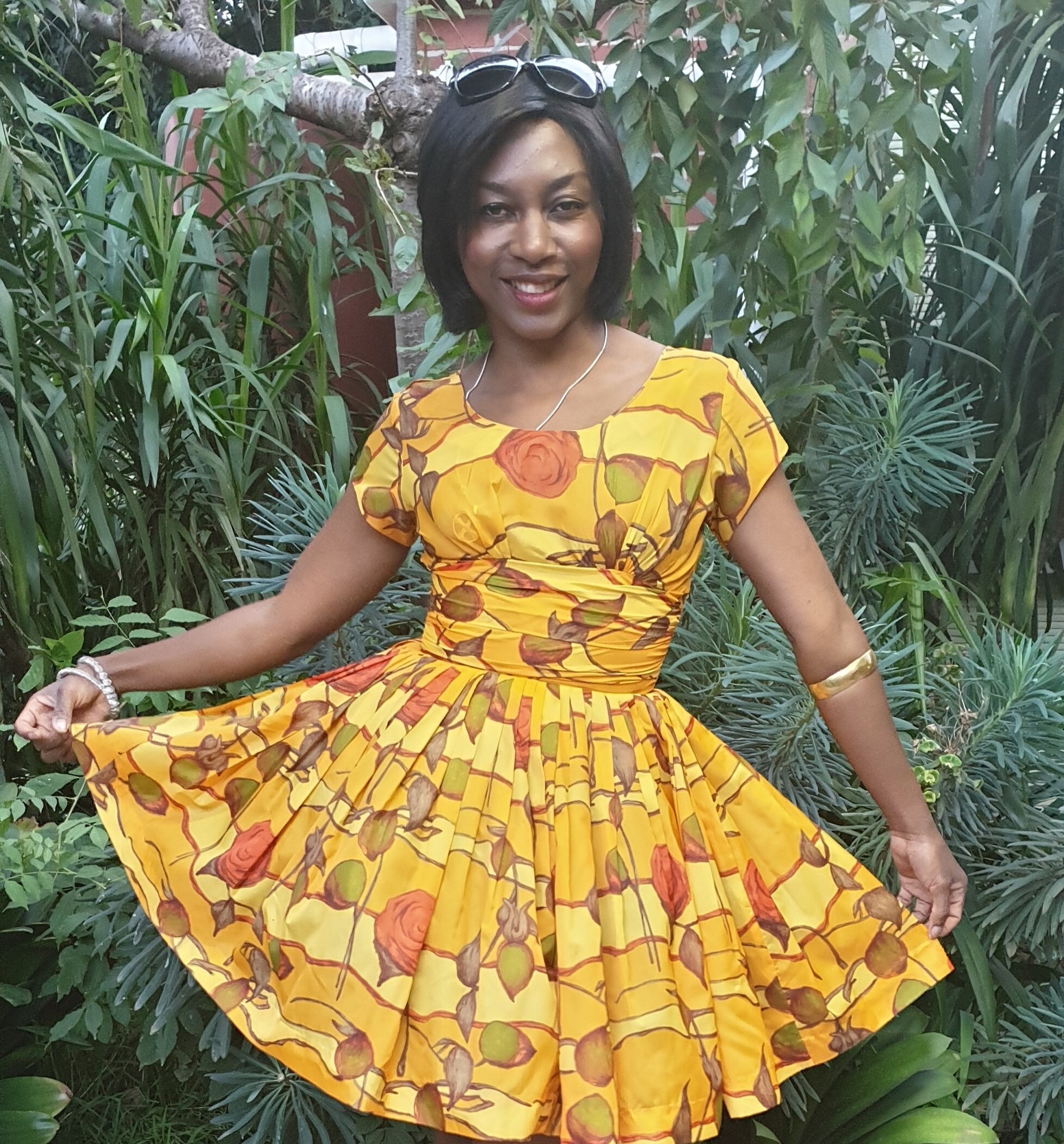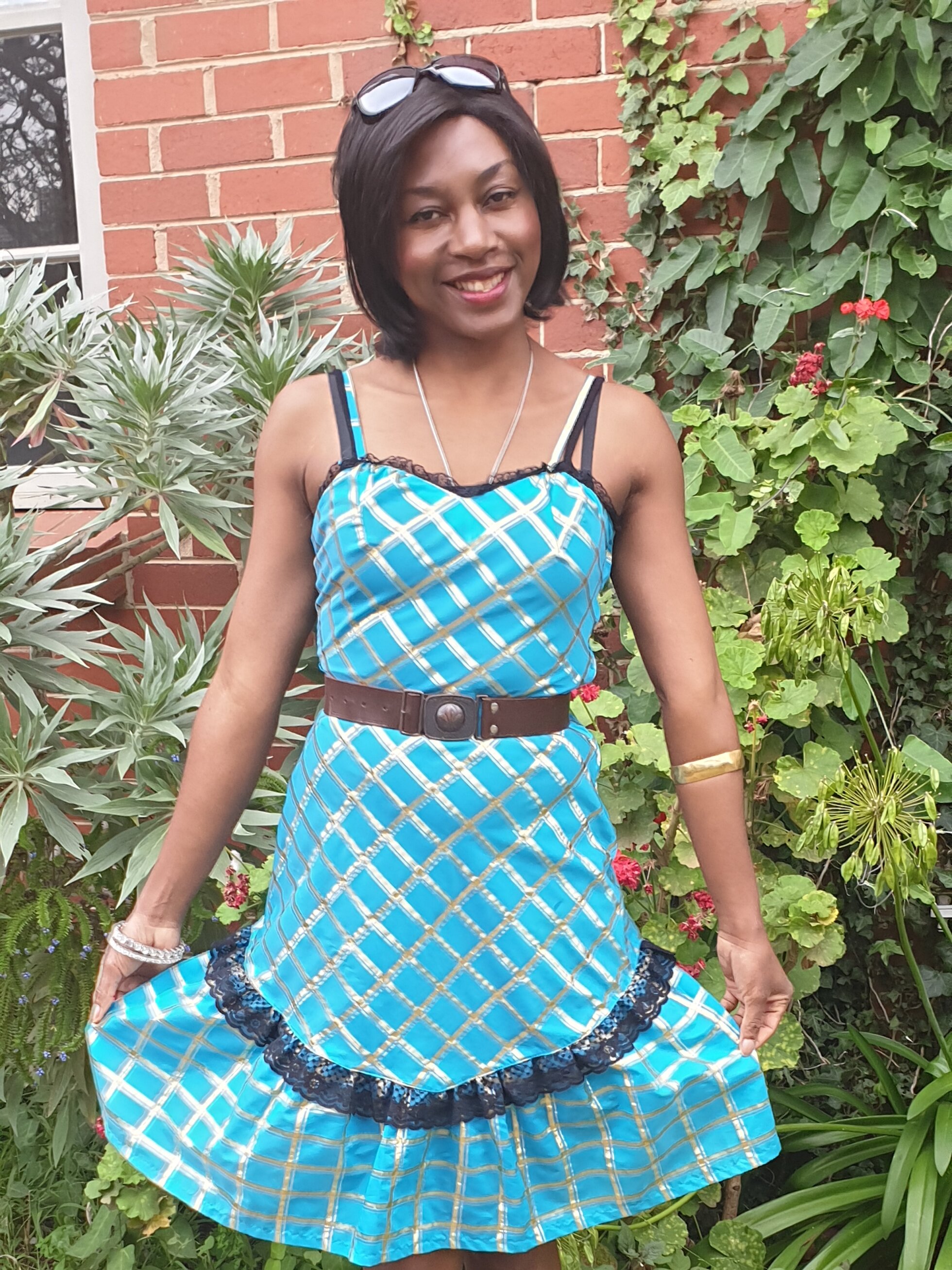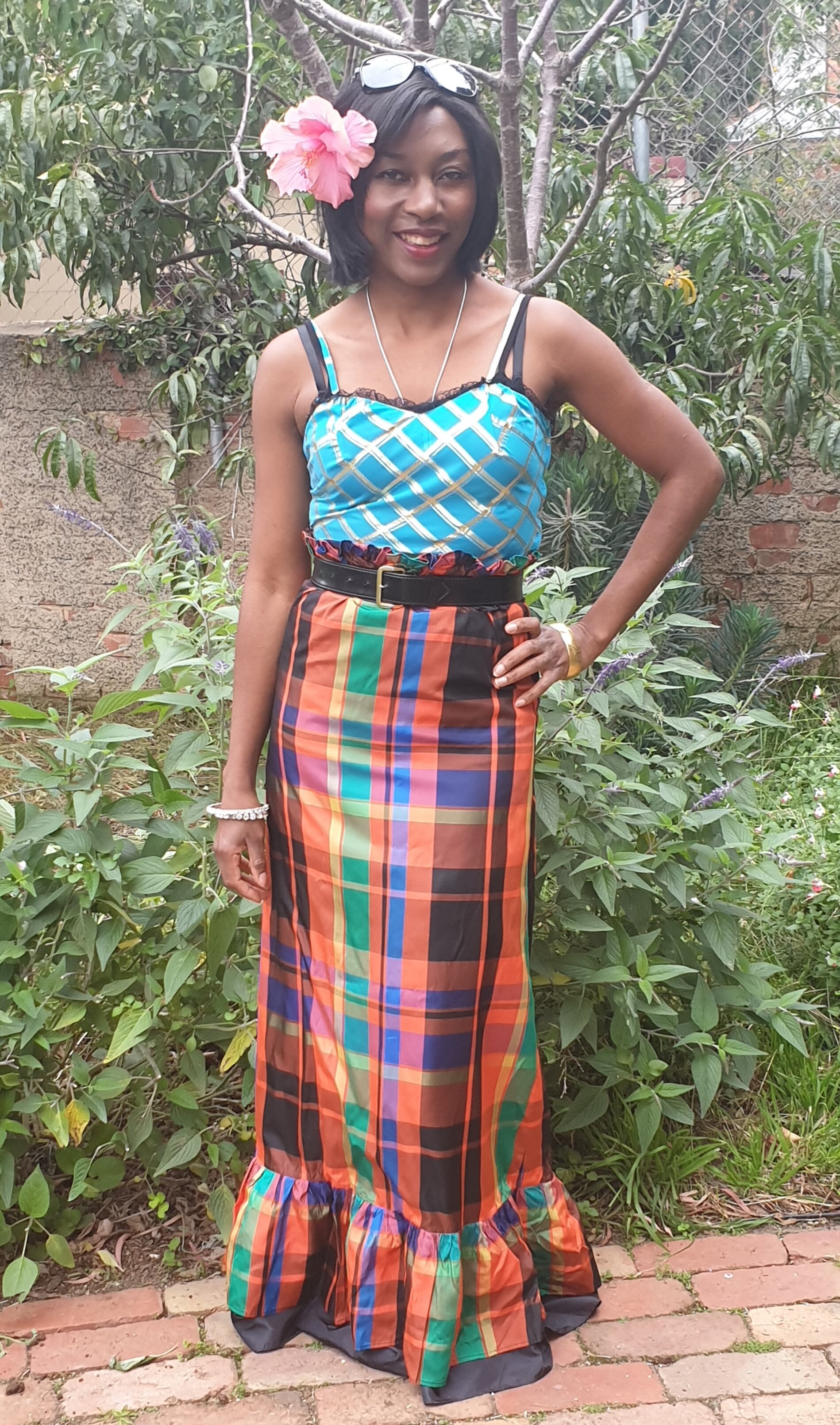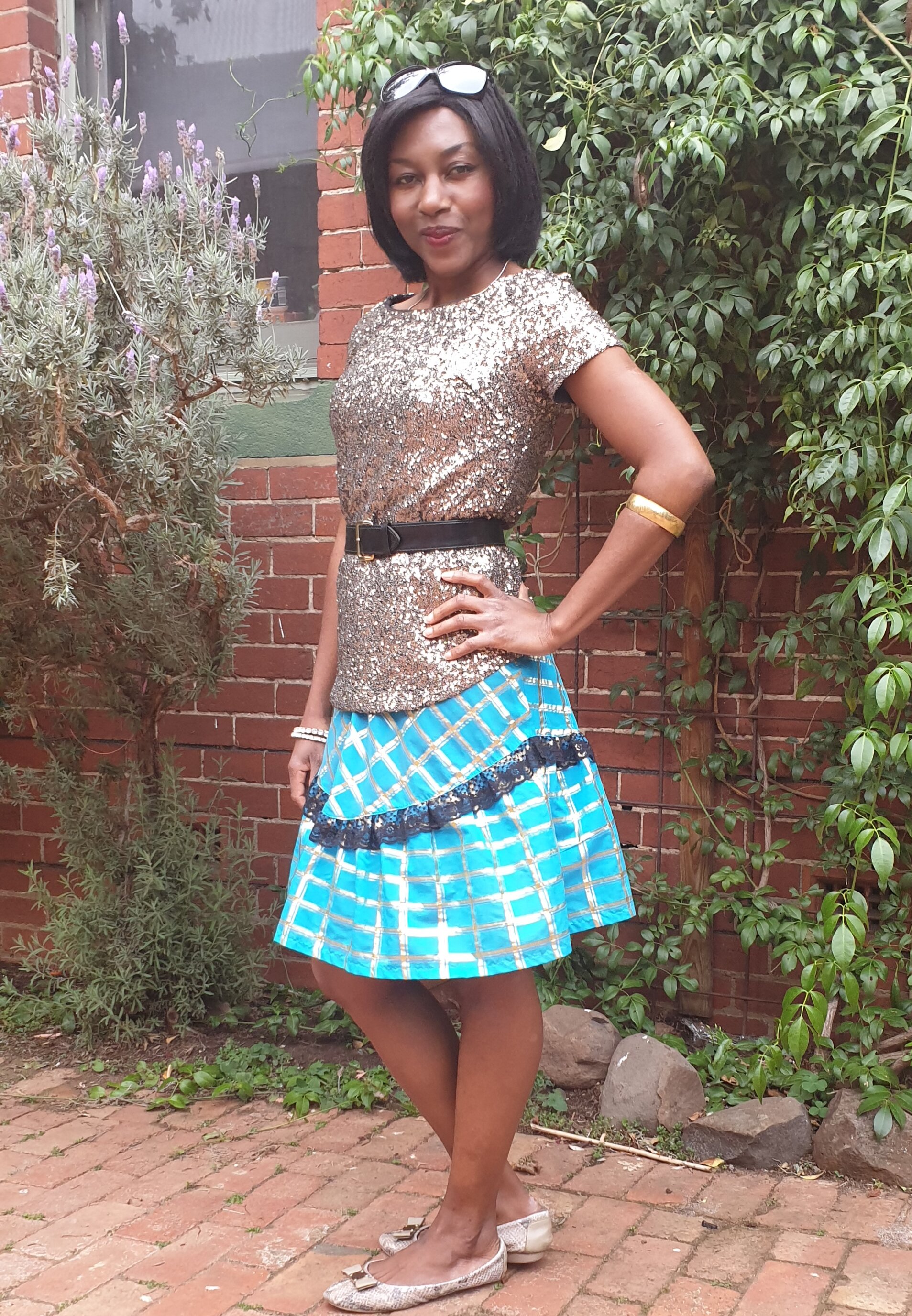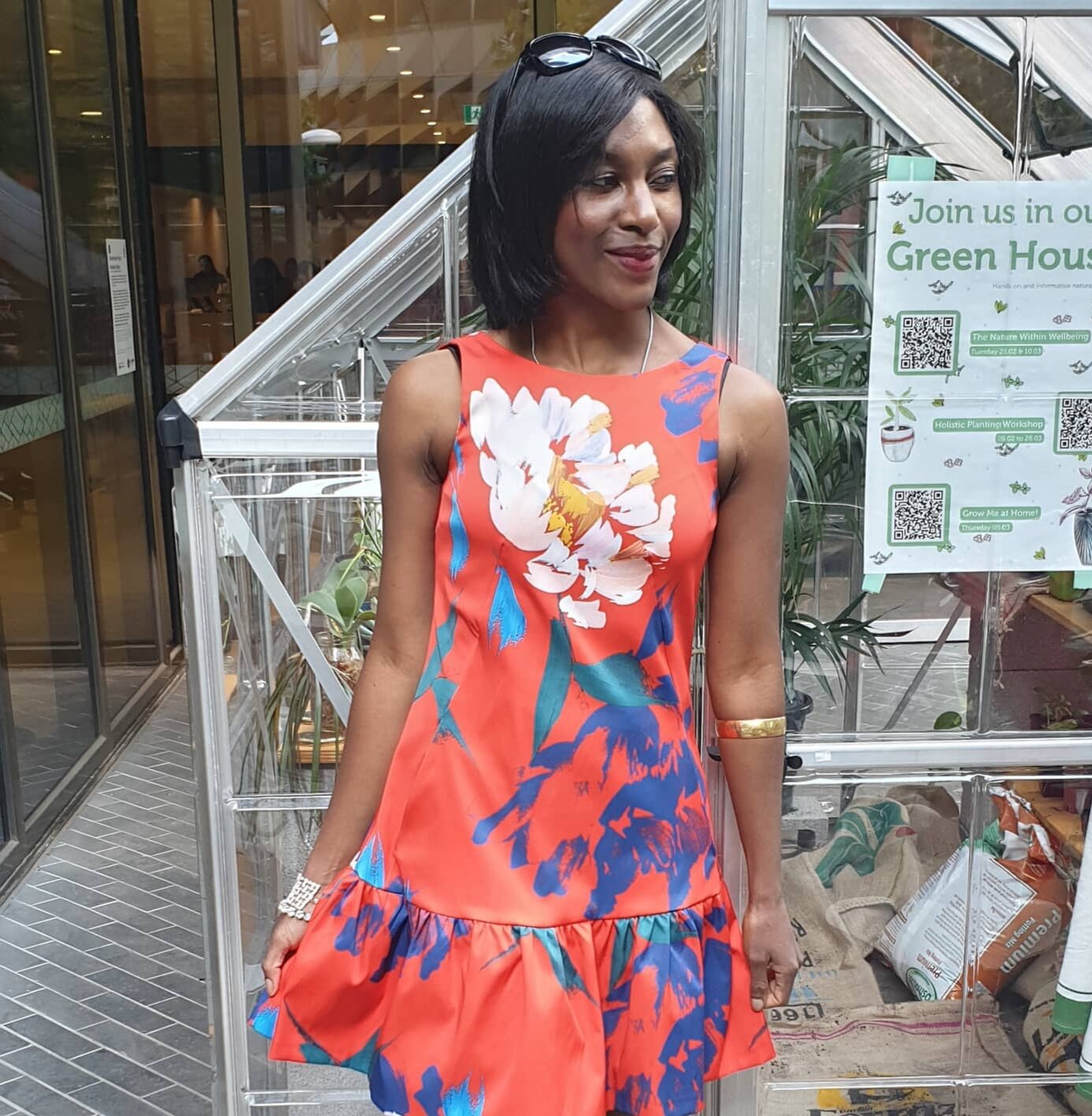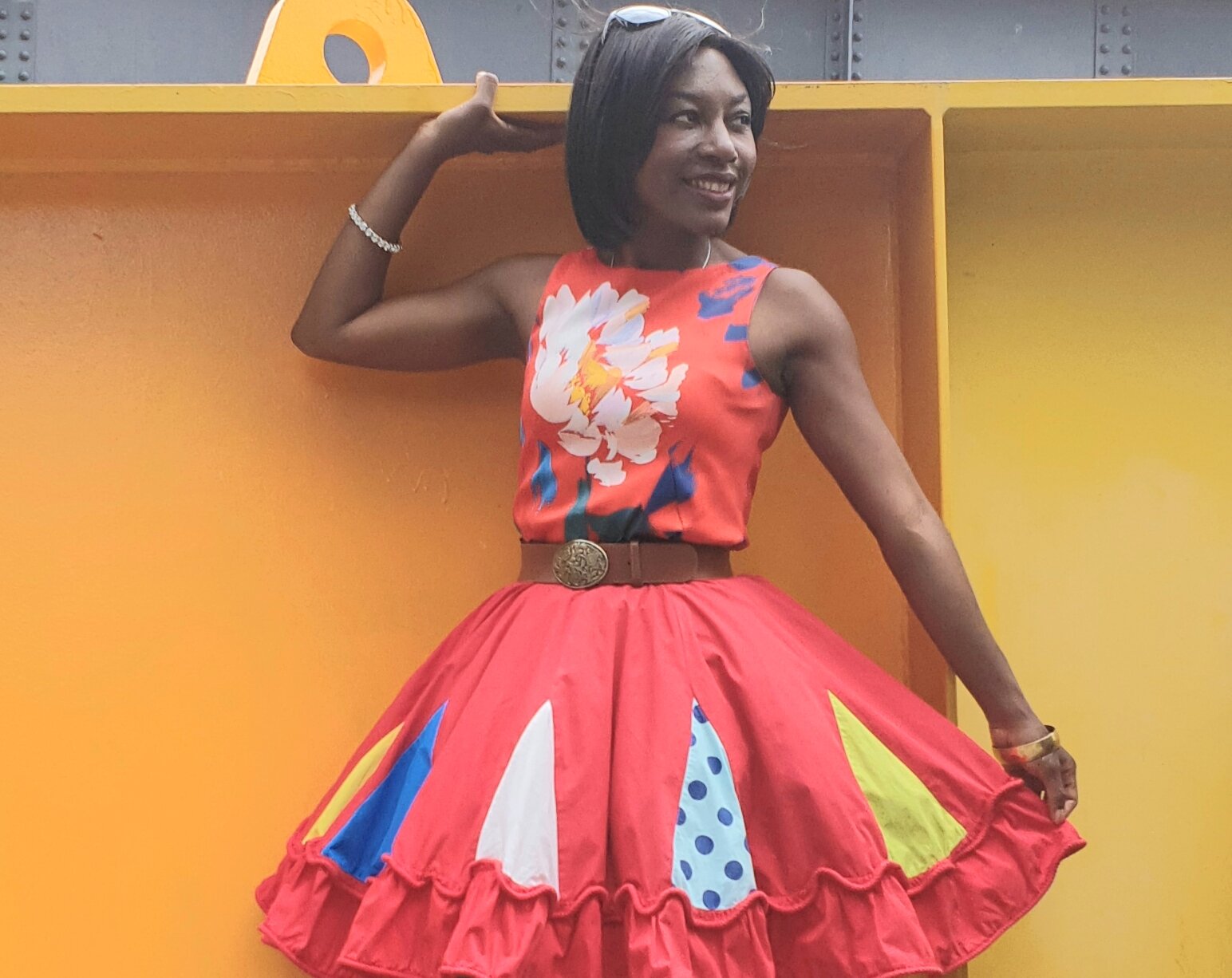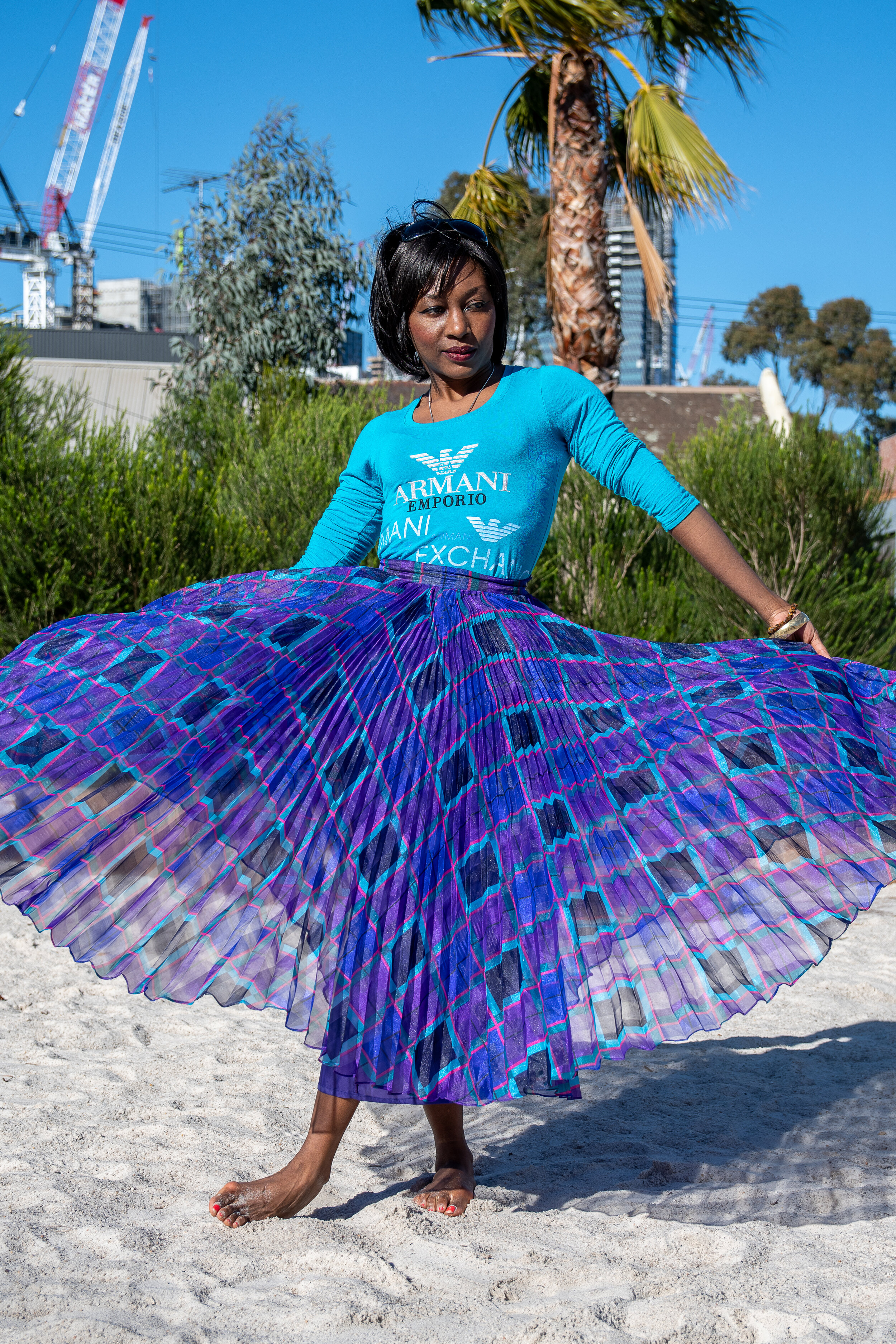How eccentric is your style? The fear of being clowned for wearing something most people wouldn't wear stops many from reaching their potential.
I grew up moving around a lot and never really fitting in anywhere (and still don't). But it's great because it forced me to figure out how I could shape the world around me so that I could feel comfortable to navigate through life as myself. As opposed to say, receding into a false projection of someone most people would find more acceptable (whatever that looks like).
This quest taught me to be super comfortable with all my weirdness and to sit comfortably in my own skin and in my awkwardness. I'll let you in on a little secret of how I grew the courage to wear eccentric, unusual styles. And to be different in ways that make people accept you for who you are: with every new person, job or community, etc, start off with expressing that different version of yourself. They'll likely accept your uniqueness straight away and leave it at that. But it must be authentically you and not a false portrayal.
As humans, we're all multi-dimensional. None of us is just one thing. When we begin to evolve or express different parts of ourselves, sometimes people within our communities judge us because we've stepped outside of their comfort zone. That's why they clown us. It takes a lot of courage to stay the new course. You have to decide if you want the freedom to express yourself and henceforth live life on your own terms OR if you're going to cower into a life of suppression. To me, the latter choice doesn't feel like a life at all. But this is a decision of true strength that, at some point(s) in our lives, each one of us must make.
P.S. In addition to style, you can apply this concept to other areas of your life too. "Nothing bold or magnificent is built from fear." (Quote from BBC series, 'The Collection').
STYLING
This skirt is definitely the feature piece of this outfit. I found this late 1960s vintage skirt on a sunny September afternoon in 2017 at an outdoor preloved market. Wearing pink with yellow, red, green and blue is true to block colour styling. In the spirit of eccentricity, it’s feel free to style yourself in the ways that make you happy.
Outfit sourced from:
Pink top - Vinnies Op Shop
Multicolour Vintage Skirt - Suitcase Rummage Preloved Market
Leopard-print Stilettos - Staple from my wardrobe
♥ Nina Gbor
Instagram: @eco.styles





